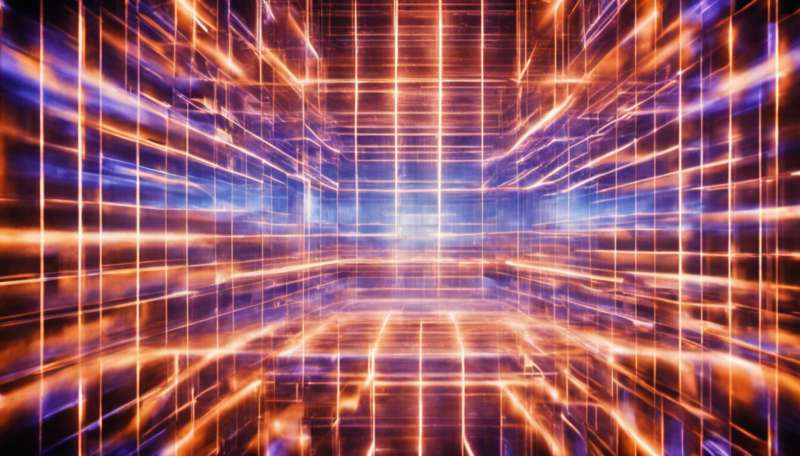New life for old TV screens

Television sets have changed dramatically in recent years, with the introduction of flat-screen LCD, plasma and LED monitors. These new technologies have virtually eliminated the old-fashioned cathode ray tube (CRT) once such an integral part of the family TV.
What many people don't know is that CRTs contain dangerous materials, including lead and phosphor, and they need to be disposed of properly and with great care.
The EU-funded project GLASS PLUS ('Sustainable ceramic tiles from cathode ray tube'), led by Italy's META, was aimed at developing a method for recovering CRT glass from recycling plants and then using it as a raw material in the production of high-quality ceramic tiles. The process helps reduce the amount of CRT waste sent to landfill.
The innovative GLASS PLUS process combines state-of-the-art technologies and know-how and encompasses all industrial phases, from CRT recuperation and recycling to tile production and, ultimately, marketing of the finished product.
The key steps in the process include pre-processing of CRT glass and conversion into atomised powders. The end result is a high-quality stoneware tile with advanced technical features for construction and decoration purposes.
Significantly, the GLASS PLUS tiles adhere to some of the most severe requirements in terms of environmental performance, at both European and International levels. These requirements are known as LEED (Leadership in Energy and Environmental Design) and the EU Eco-label.
By the time the project was completed in 2011, it had already produced more than 600 000 square metres of ceramic tiles, reducing the amount of CRT waste sent to landfill by about 3 000 tonnes.
Project partners point out that their new process will deliver real savings in terms of natural resources. Recycled CRT panel glass essentially replaces natural feldspar, a mineral currently used in tile production, along with zirconium compounds, used as a whitening ingredient.
These materials have to be extracted from quarries or mines - representing a heavy burden on the environmental and in terms of energy expenditure. Moreover, they have to be transported over long distances, from Turkey, South Africa and Australia for example, consuming energy for transportation.
Considering the entire process chain, the GLASS PLUS team estimates a significant reduction in overall carbon footprint, on the order of 0.7 kg CO2 per square meter of manufactured tile, translating into hundreds of tonnes of CO2 per year.
Using recycled CRT panel glass means creating value and new job opportunities in the recycling industry, while demonstrating how an end-of-life consumer product - difficult to dismantle, treat and dispose of - can find new life in a completely different sector.
The GLASS PLUS project received about EUR 550 000 in EU funding and ran from 2010 to 2011.
More information: www.glassplus.eu/home-en.aspx
Provided by CORDIS




















